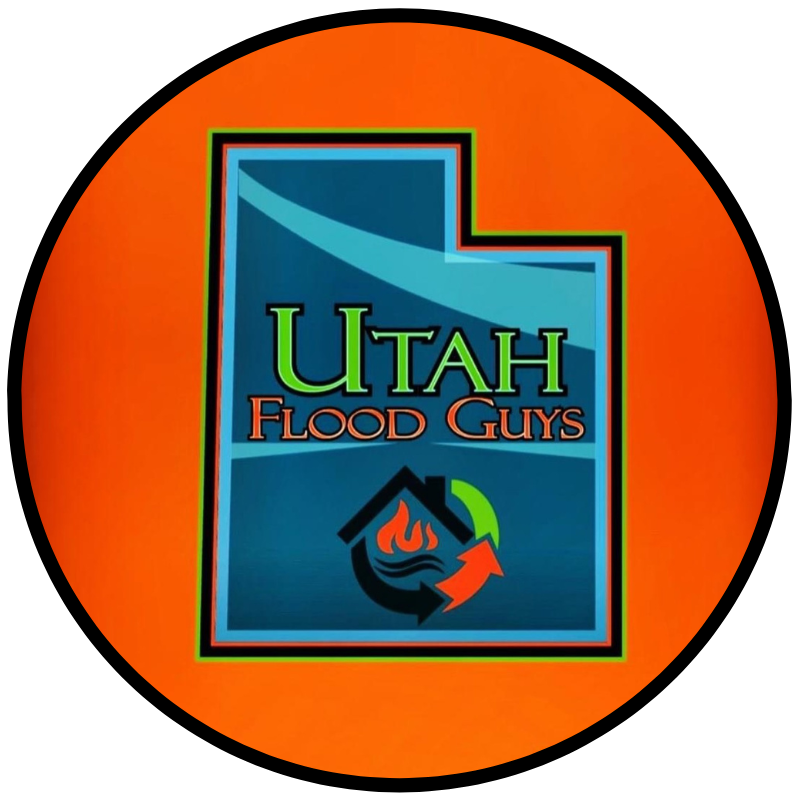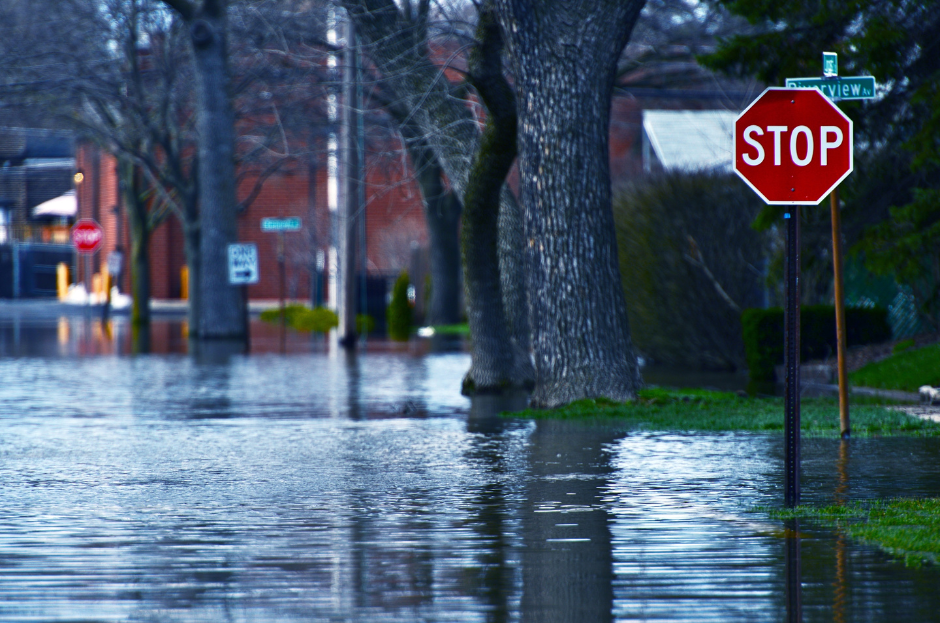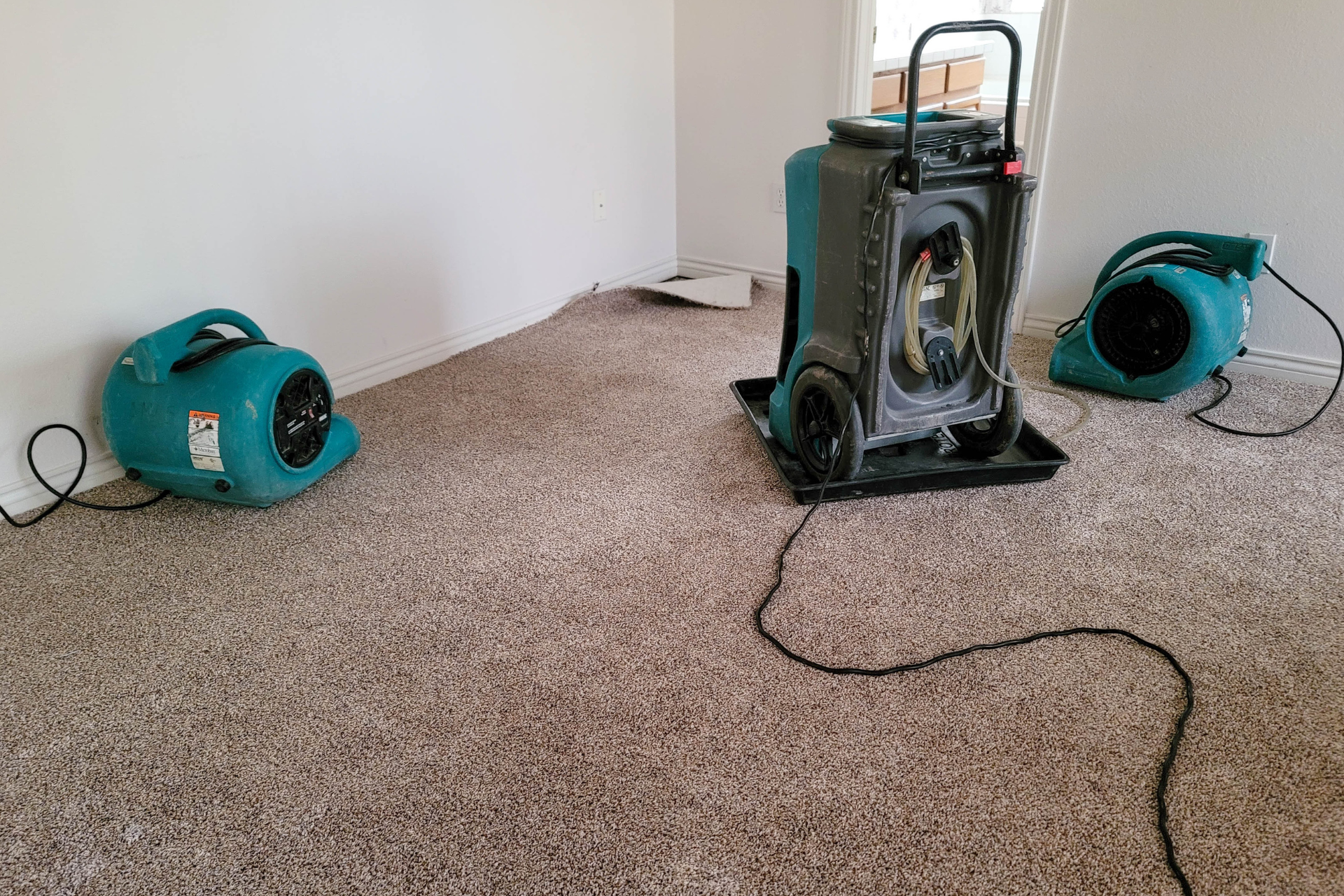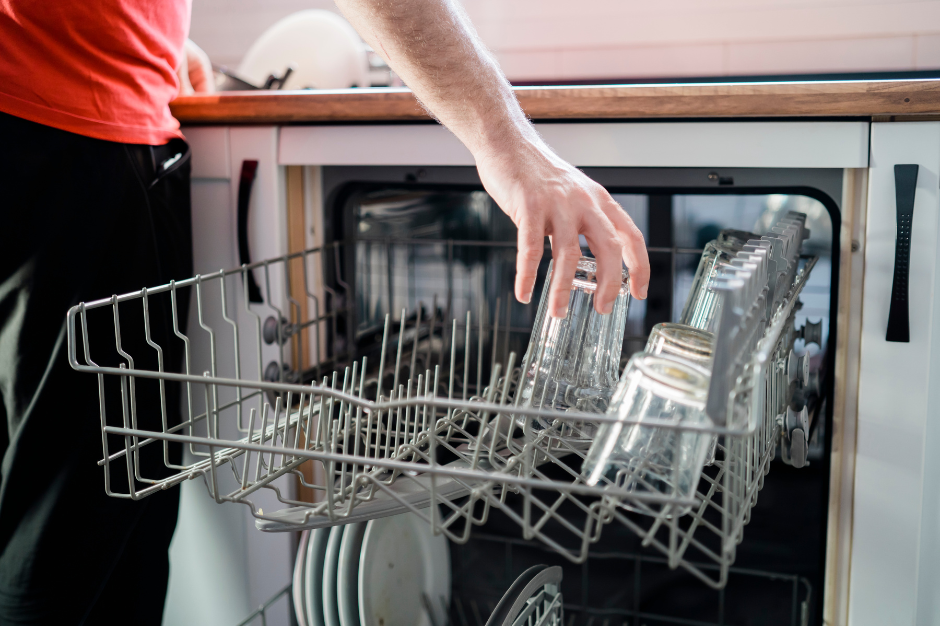Don't Let Mold Take Over: Tips for Humidity Control in Utah Homes
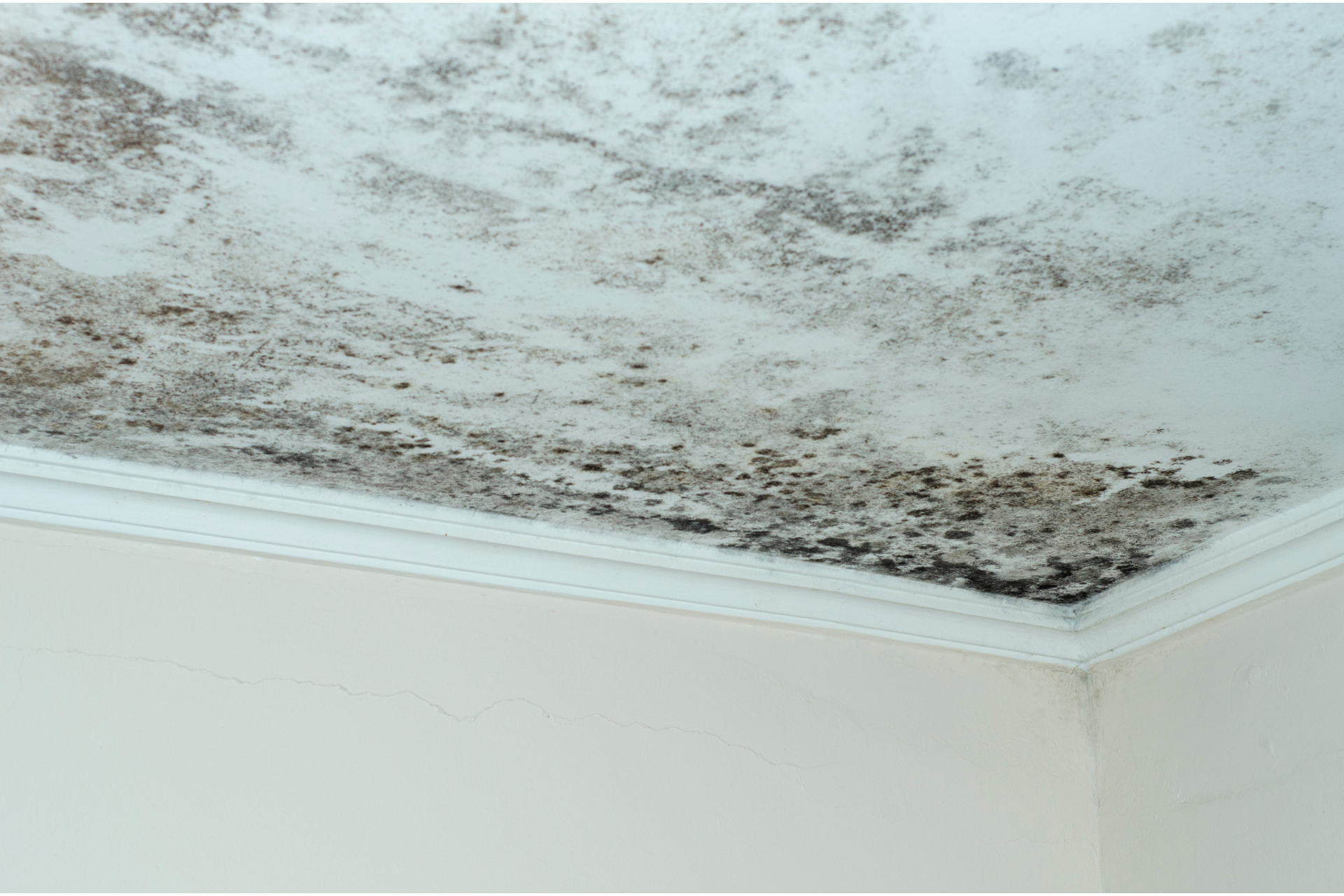
When it comes to maintaining a safe and healthy living environment, controlling humidity levels in your home is key. In a state like Utah, where the weather can be unpredictable and humidity levels fluctuate throughout the year, keeping mold at bay is essential. Mold thrives in moist environments, and Utah's climate can provide the perfect breeding ground if humidity levels aren't properly regulated. As the go-to experts in disaster cleanup and restoration, Utah Flood Guys is here to provide you with some valuable tips on how to effectively control humidity in your home and prevent mold from taking over.
Understanding the Role of Humidity in Mold Growth
Before delving into our tips for humidity control, it's important to understand the relationship between humidity and mold growth. Mold spores are everywhere, both indoors and outdoors. However, mold needs moisture to grow and thrive. When excess humidity levels persist in your home, it creates the perfect conditions for mold to flourish. Common signs of excess humidity include musty odors, visible condensation on windows, dampness in basements or crawl spaces, and the presence of mold growth itself.
Tips for Humidity Control
1. Invest in a Dehumidifier
A dehumidifier is a simple yet effective tool for reducing indoor humidity levels. Place it in areas of your home that tend to be more humid, such as basements, bathrooms, or laundry rooms. Running a dehumidifier regularly can help prevent mold growth and create a more comfortable living environment.
2. Proper Ventilation
Proper ventilation is crucial for controlling humidity levels in your home. Make sure that exhaust fans are installed in bathrooms and kitchens to vent out excess moisture. Opening windows on dry days can also help improve air circulation and reduce humidity indoors.
3. Monitor Indoor Humidity Levels
Invest in a hygrometer to monitor indoor humidity levels. Ideally, indoor humidity should be between 30-50%. If humidity levels consistently exceed this range, it's time to take action to reduce moisture in your home.
4. Fix Leaks and Water Intrusion
Inspect your home for any leaks or areas of water intrusion. Addressing plumbing leaks, roof leaks, or foundation issues promptly can prevent water damage and mold growth. Utah Flood Guys specializes in water damage restoration and can help you tackle any water-related issues in your home.
5. Use Household Plants
Certain indoor plants can help naturally regulate humidity levels in your home. Plants like peace lilies, spider plants, and Boston ferns are known for their ability to absorb excess moisture from the air.
6. Keep Air Conditioning Systems Maintained
Regular maintenance of your air conditioning system is crucial for controlling humidity levels. Ensure that air filters are replaced regularly, and that your AC unit is functioning efficiently to remove excess moisture from the air.
By implementing these tips for humidity control in your Utah home, you can create a healthier living environment and prevent mold from taking over. If you do encounter mold growth in your home, don't panic. Utah Flood Guys is here to provide expert mold removal services and restore your property to its pre-mold condition. Remember, prevention is key when it comes to protecting your home from mold and moisture-related issues. Stay proactive, stay vigilant, and enjoy a mold-free living space all year round.
Don't let mold take over – take control of humidity levels in your Utah home today!
